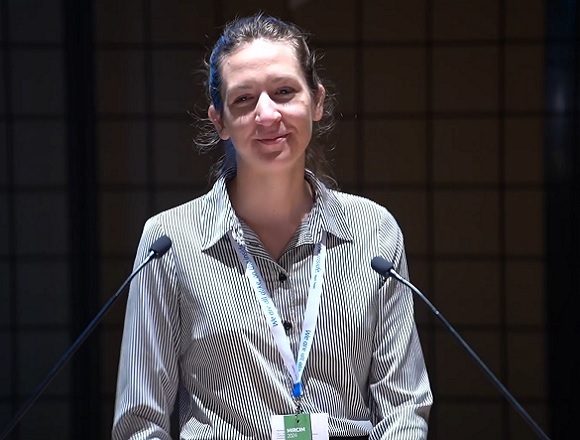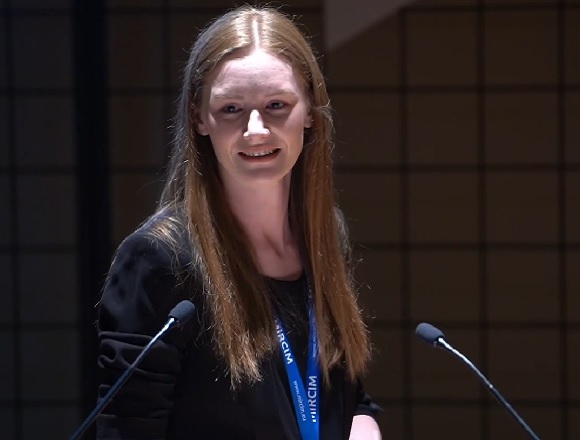Inspired by these case presentations? Now it’s your turn to take the stage! Young Talents in Internal Medicine World Contest invites young health professionals to showcase their diagnostic skills and discuss compelling reports from their own practice. Read more at youngtalents.one.
Case description
A 48-year-old man was transported to the emergency department following a high-velocity, single-passenger traffic accident. Initial examination showed multiple long bone and rib fractures, bilateral pneumothorax, pulmonary contusions, pericardial effusion, and a complex fracture of the right acetabulum. The patient underwent emergency surgical fixation of his long bone fractures and was admitted to the intensive care unit with a plan for interval complex pelvic surgery.
Despite intravenous diuretic therapy, over the following days he developed a severe acute kidney injury, markedly deranged liver function tests, and significant peripheral edema. On the eighth day post admission the patient became acutely unstable with clinical features of pericardial tamponade and underwent emergency pericardiocentesis.
Despite optimal medical therapy, the patient’s condition continued to deteriorate with clinical evidence of significant congestion, hepatopathy, coagulopathy, thrombocytopenia, respiratory failure, and oligoanuric renal failure, which required renal replacement therapy. Transesophageal echocardiography (TEE) demonstrated a large Gerbode defect with resultant massive dilatation of the right heart chambers.
Following an extensive discussion, the heart team chose to close the defect with a percutaneous approach, since surgery was deemed to be high risk. A 14-mm membranous ventricular septal defect occlusion device was deployed with initial technical success. The patient’s clinical and biochemical parameters improved dramatically over the following days. On the eighth day postprocedure, he became acutely unstable with recurrent signs of right-sided heart failure. Computed tomography (CT) confirmed embolization of the occlusion device to the left pulmonary artery. The device was retrieved percutaneously with a snare and removed from the right femoral vein by vascular cut down.
As the patient’s coagulopathy and multiorgan dysfunction had improved significantly over the period since the implantation of the device, surgical repair was now believed to be a viable option. This was achieved using Sauvage and pericardial patches, and a tricuspid annuloplasty ring. Following interval surgical fixation of pelvic fractures, the patient was discharged, fully independent.
About Best Case Report Contest 2024
Young Talents in Internal Medicine World Contest—previously Best Case Report Contest—is a contest for internal medicine specialists or trainees in internal medicine up to 35 years of age. Every year the most engaging submissions from around the world are presented by authors during a special session at the McMaster International Review Conference of Internal Medicine (MIRCIM). Visit youngtalents.one to learn more.
To browse all abstracts from Best Case Report Contest 2024, visit Polish Archives of Internal Medicine.
 English
English
 Español
Español
 українська
українська

_580x440.jpg)
_580x440.jpg)


_580x440.png)
_580x440.jpg)
